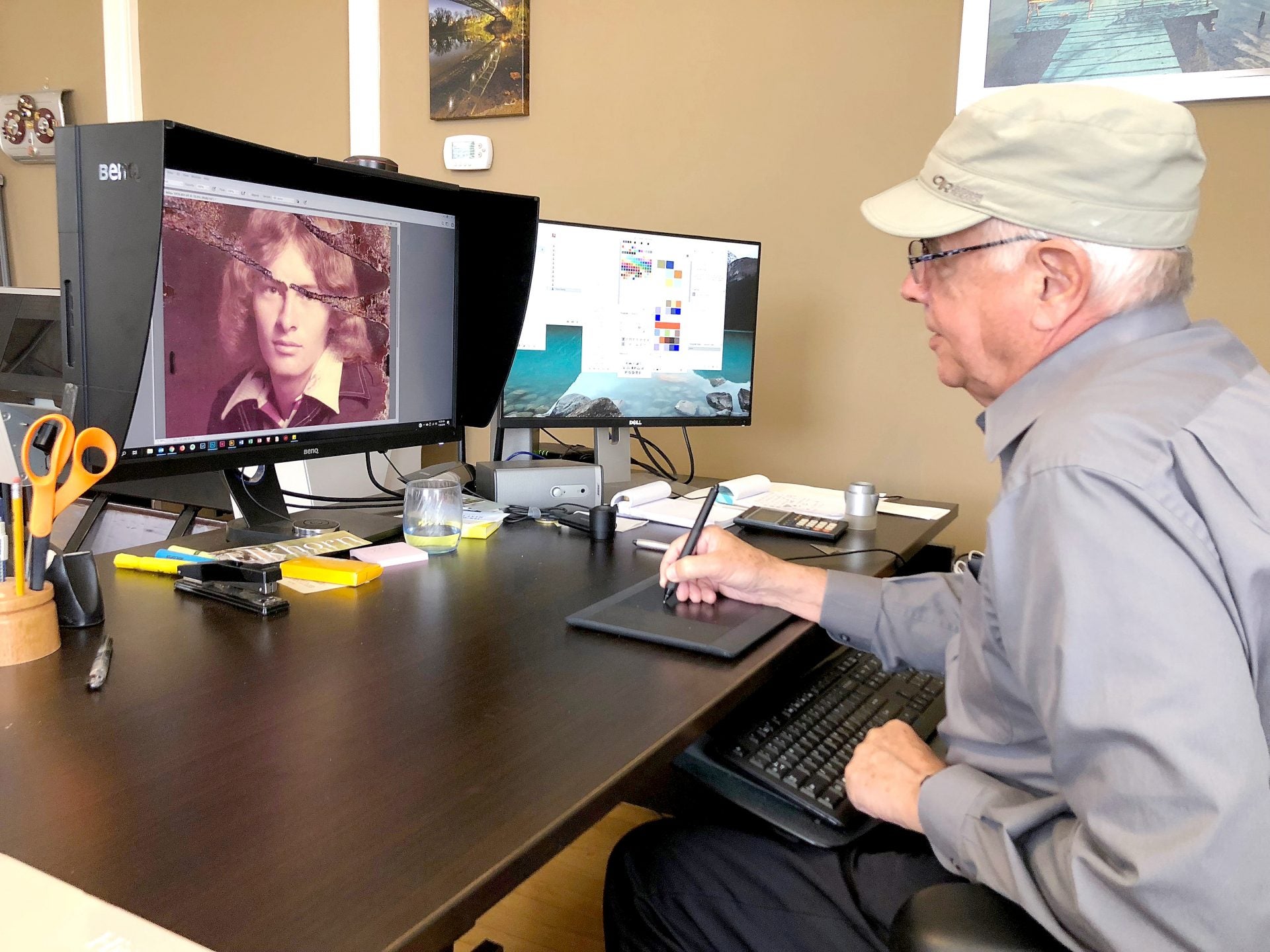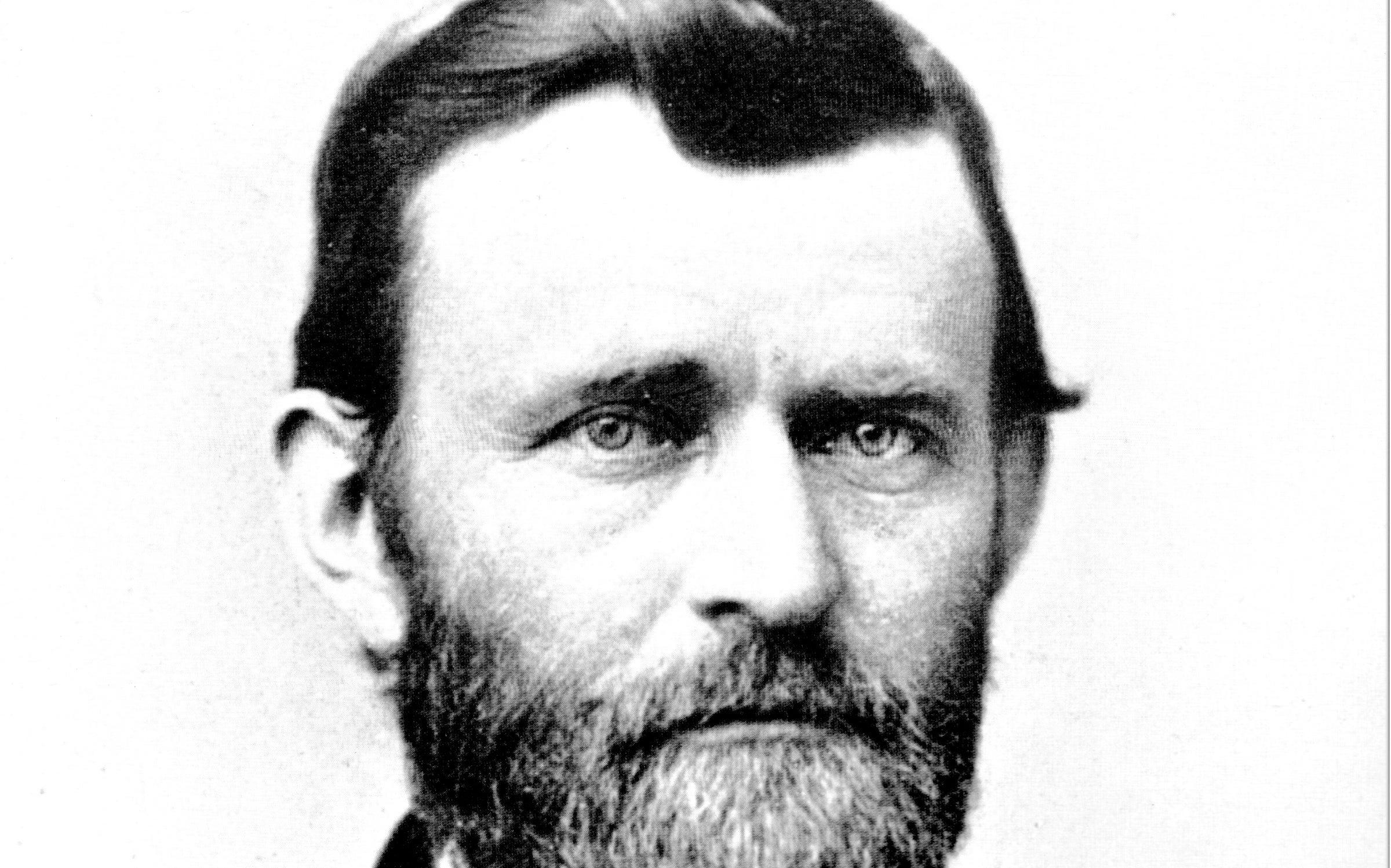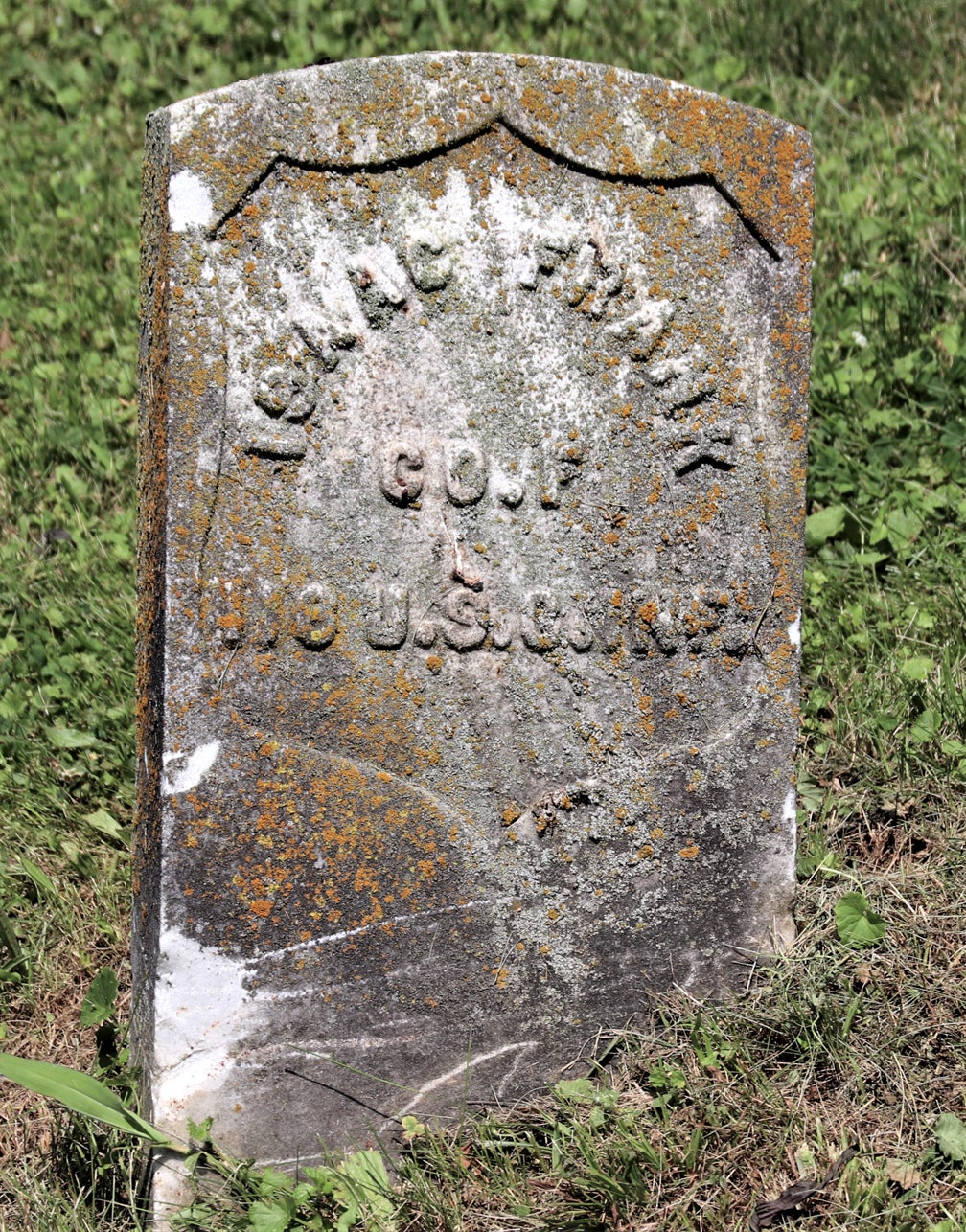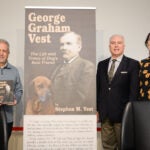
“The Great Believers” by Rebecca Makkai
Gertrude Stein called them the Lost Generation. They had the misfortune of understanding life the way few had before through its juxtaposition with the death all around them. WWI, the Spanish Flu, poverty — all of these things swept them away one by one with little regard. F. Scott Fitzgerald used the term “great believers” when describing his own generation that came after.
They had the belief that things could get better, must get better, and hope that the mistakes that fell before them wouldn’t be repeated. It was here that Rebecca Makkai took inspiration for her novel, “The Great Believers.”
Set in both the 80s and the 2010s, the book looks at another lost generation of youth and the ones that managed to survive and come to terms with that survival. The AIDS crisis was at its peak at the beginning of the novel, and the characters are heartbroken.
Where they used to greet one another at parties and clubs in order to celebrate their newfound freedom, they now made their greetings at one funeral after another. Sickness swarmed through the community with little rhyme or reason. Science hadn’t found the answers yet, and it wouldn’t for some time to come.
During the 1980s and 90s, we meet Yale Tishman. He is an art professional living with his longtime love Charlie Keene. Their circle is tight-knit, and the book begins at the funeral for their friend, Nico. Nico’s parents never acknowledged his sexuality, and so his partner and friends are forced to suffer on the side, not allowed to grieve with the family. Nico’s sister does not agree with her parents, and does what she can to connect his friends and lovers with his death.
Fiona, Yale and Charlie continue forward, navigating this world where people they once knew and loved get sick and die in large numbers, waiting for the moment it might be them. We follow Yale through his early career, trying to cope with being young in a world that is taking his youth away from him before it is time.
Interwoven through the timeline is the story of Fiona, Nico’s brother, and her life in 2015. We see the world from her eyes as she copes with what is left almost 20 years later. She struggles with the memory of friends dead and lives forgotten. Her daughter may be in trouble, and she tries desperately to set aside her own trauma in order to give herself to her child. She grapples with grief that many are forgetting and no longer understand.
The AIDS crisis is a moment in history that is still misunderstood by those who weren’t there and dismissed by many that were. Makkai does a tremendous job in bringing life to this tragic period of history and highlighting the generational traumas that can define everyone.
— Review by Ernie Dixon, Paul Sawyier Public Library staff
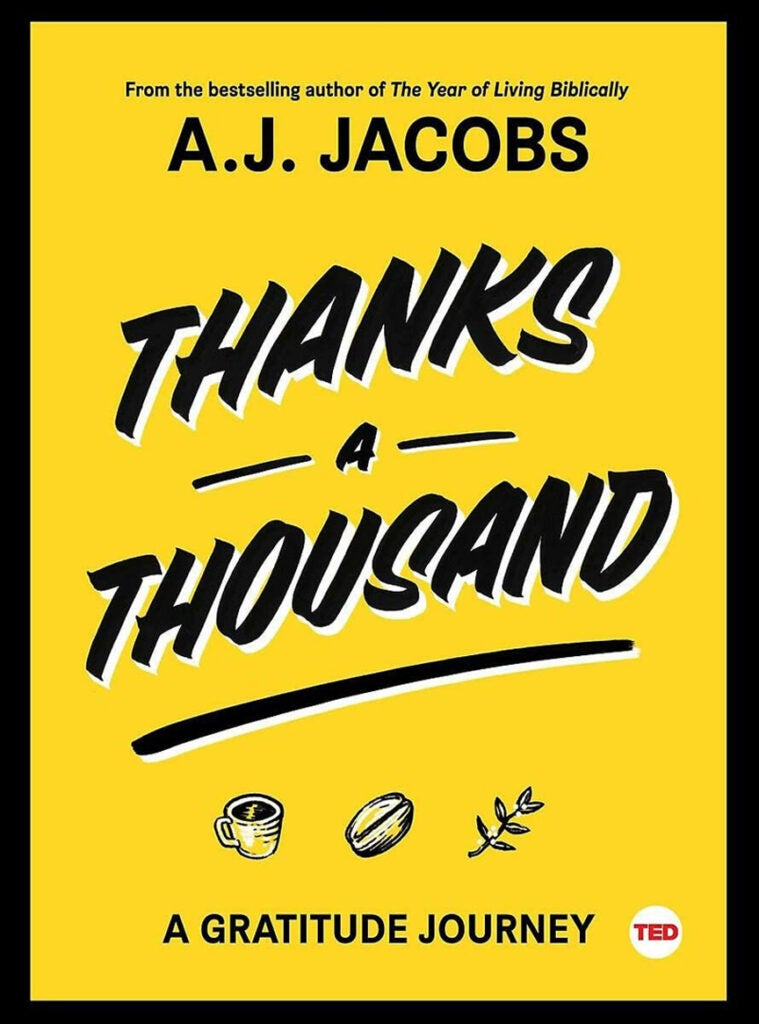
“Thanks a Thousand: A gratitude journey” by A.J. Jacobs
A.J. Jacobs’ “Thanks a Thousand” is an eye-opening reminder of how interconnected we are, and how much unseen effort goes into the small things we often take for granted — like a simple cup of coffee. What I enjoyed most was the journey Jacobs takes, tracing the vast network of people involved in bringing that coffee to his table. From farmers to truck drivers, baristas to designers, he shines a light on the overlooked contributions of so many.
The core of this story is driven by gratitude, something Jacobs wants to inspire not only in himself but also in his children, which resonated with me. As a parent, I loved how his project became a lesson in appreciation, teaching his kids (and us as readers) the value of acknowledging those around us. It’s a unique way of connecting with something as ordinary as your morning routine while also broadening your perspective on what it really takes to enjoy life’s little pleasures.
“Thanks a Thousand” is a quick yet powerful read that encourages you to slow down, reflect and express gratitude more often. Find yourself a cozy spot, get a pot of coffee brewing and get ready to focus on the hundreds of things that go right every day, instead of the handful that go wrong. It’s inspiring, lighthearted, and full of meaningful moments that stick with you long after you finish.
— Nick Buchner, Paul Sawyier Public Library staff
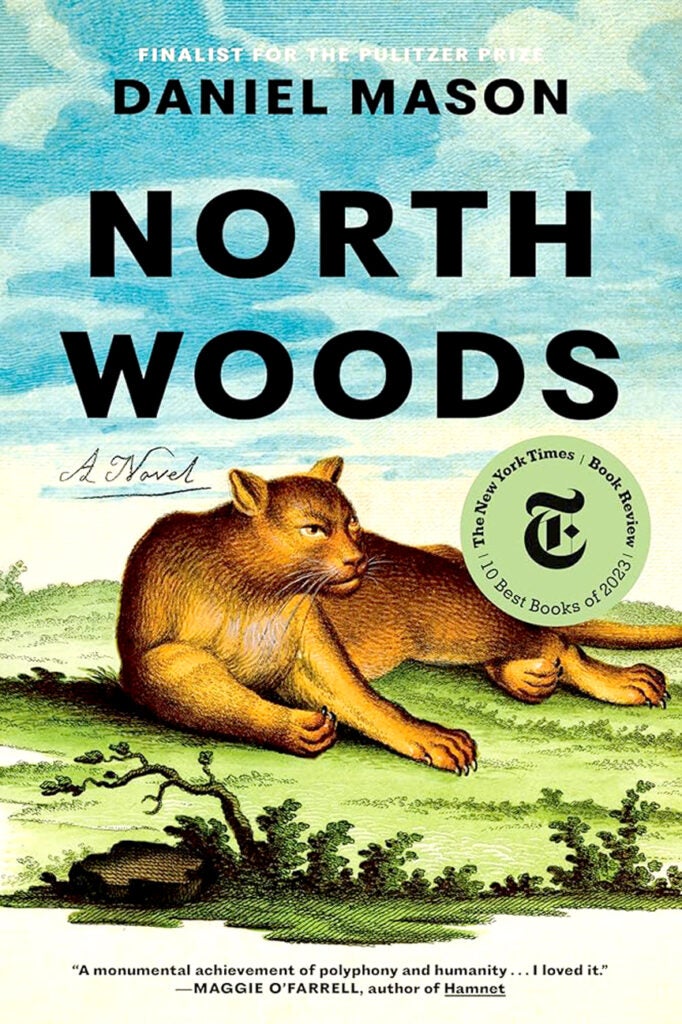
“North Woods” by Daniel Mason
Daniel Mason was a Pulitzer Prize finalist in 2020 for his novel, “A Registry of My Passage Upon the Earth.” The setting in this novel, “North Woods,” is important as it becomes the dominant connection between all the characters, along with the house built there in colonial times in Western Massachusetts. It is hidden from all but a selected few. A young boy knows the location because of the apple tree there, an eating apple from that tree that tastes like no other.
The boy shows this place to the young English soldier. Once the soldier tastes the apple, he becomes obsessed with owning the land and creating an orchard. He challenges his two daughters to create a name for this wondrous varietal.
In the following spring, the soldier returns to the paradise that he now owns. He discovers a cabin hidden among the forest. Those who built this place become the next characters in the novel.
For over two centuries, Mason traces all of those who have been a part of the history of the “North Woods.” My favorite characters are the daughters who become spinsters surviving war and famine. But they could not overcome jealousy when one sister became interested in leaving the orchard to take a spouse.
As we learn of all of the people who are tied to the woods, we realize that humans are transient, and the nature of the place — the trees, the wildlife and the insects — have a greater impact than those who temporarily share the space.
Mason uses a variety of literary genres in “North Woods” including Scottish ballads, letters, newspaper crime features, as well as prose. He utilizes history, along with nature, to fully illuminate the reader with the consciousness of place.
“North Woods” is a brilliantly imagining of the nature of place, as well as the nature of man. This novel will certainly be considered for numerous awards. Quite a satisfying read!
— Review by Lizz Taylor, Poor Richard’s Books
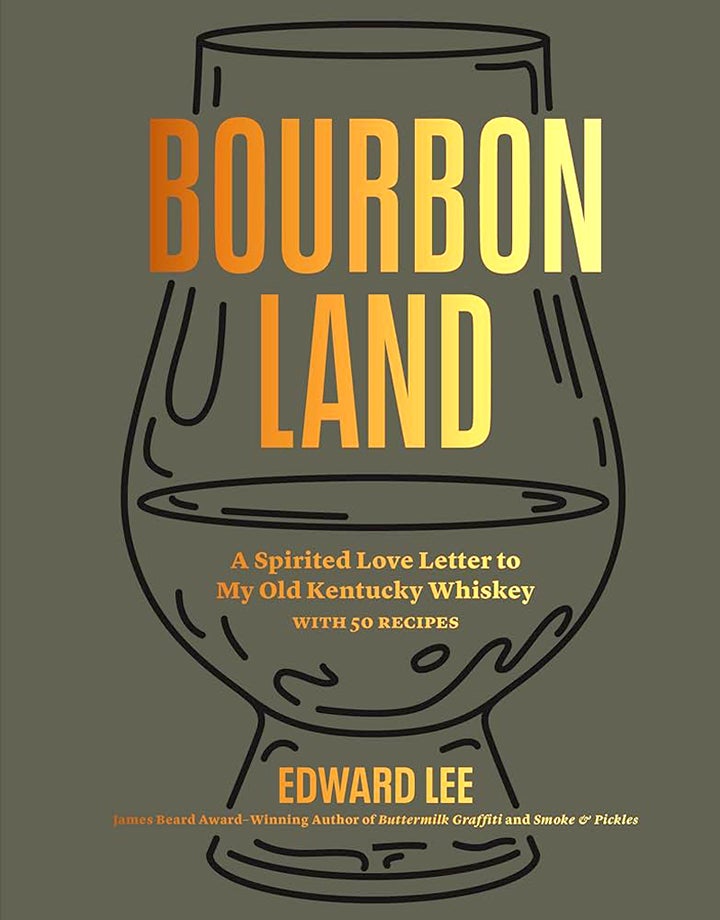
“Bourbon Land: A Spirited Love Letter to My Old Kentucky Whiskey with 50 Recipes” by Edward Lee
Louisville chef Edward Lee is well known for his restaurants 610 Magnolia and more recently Nami. He has made numerous television appearances on shows such as “Top Chef” and “The Mind of a Chef,” and received an Emmy nomination for his role in the show.
Lee’s latest book endeavor is a tribute to Kentucky and his favorite spirit. Lee has studied the history of bourbon, as well as the ways bourbon can be used to change the flavor profiles of typical dishes. He has researched various regions of the state and the uniqueness of their creations.
In “Bourbon Land, Lee covers how bourbon is made, how to read a label, and the influence of white oak with its “perfect trinity of density, sturdiness and flavor.” He also discussed the influences of wheat, rye, barley and malt as sweet corn needs spice and bitterness to balance the beverage.
In between the history lessons, Lee includes some of his favorite cocktail and food recipes that include bourbon. Lee’s advice is that “your beverage should never be sweeter than your food.” If the cocktail is too sweet, the food will taste bland.
Thinking of the upcoming holidays, I would like to incorporate Kentucky bourbon in a few of the dishes that I’m planning to create. I’m thinking of starting with a “Gold Rush” cocktail, roasted sweet potato with bourbon-miso butter and bourbon balls with toffee-popped sorghum, milk chocolate and bourbon pecans.
Besides these recipes, Lee includes a bourbon-tasting wheel specific to bourbon flavors. The easiest to identify are “sweet” and “spicy.” But as one becomes more experienced in tasting, they could notice floral or fruity notes, as well as aromatics or earthy notes. Paying attention to all of the flavors, makes for a more enriched experience.
As you plan your holiday menu for your family or friends gathering, sip some bourbon and take pleasure in what generations of Kentuckians have created.
— Review by Lizz Taylor, Poor Richard’s Books


